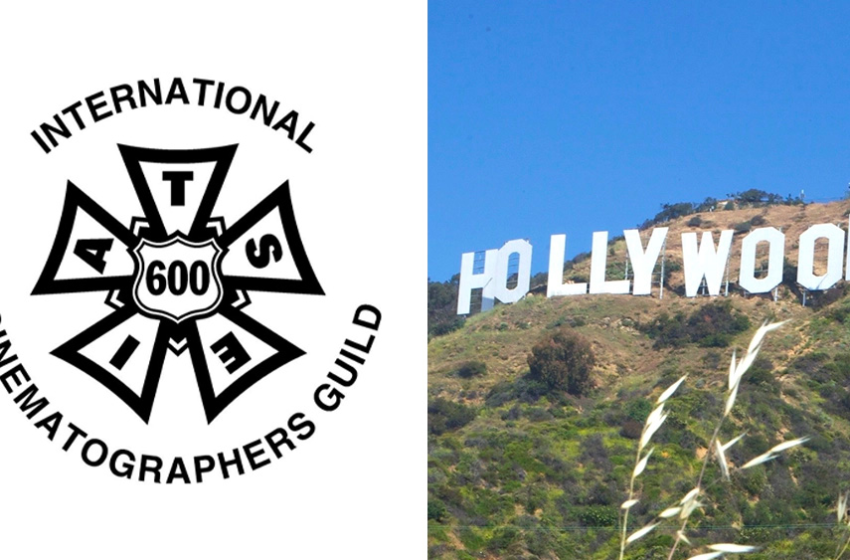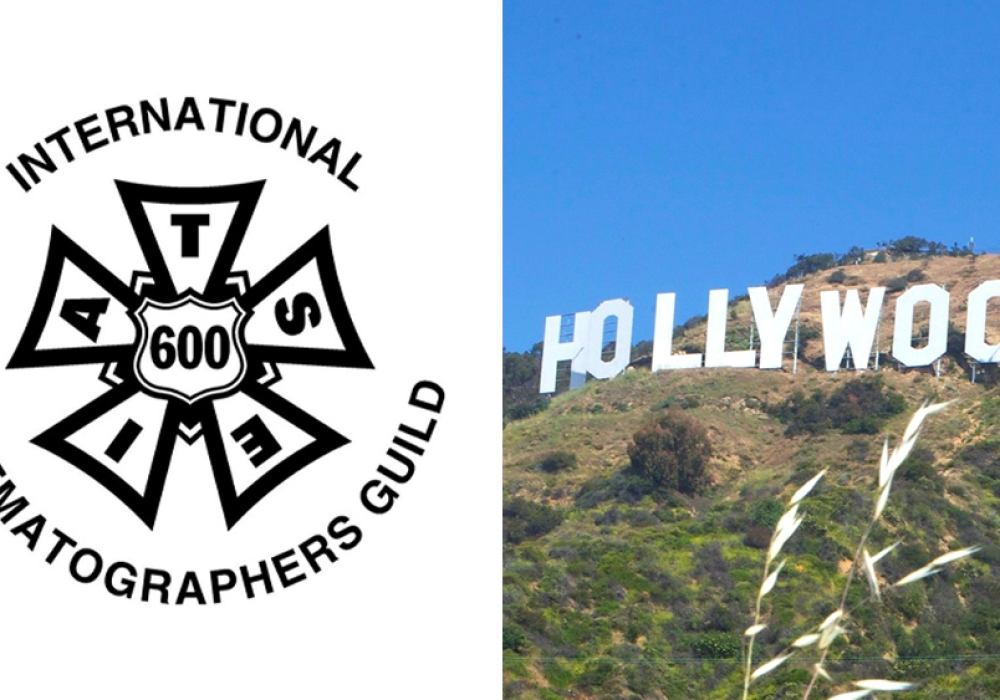EXCLUSIVE: By a narrow margin, IATSE’s largest local, the International Cinematographers Guild Local 600, was one of five Los Angeles-based locals that voted to reject the union’s new film and TV contract, with eight other locals providing the margin needed for ratification.
Local 600 leaders, who had recommended a Yes vote on the contract, told their nearly 9,000 members today that “with over 80% of eligible Local 600 voters voting, our members narrowly rejected the tentative agreement 48% to 52%, a difference of 270 votes out of 6,398 cast.”


Editors Guild Local 700, which is IATSE’s second-largest local, with 6,000-plus members, voted in favor of ratification, but had it gone the other way — as it did three years ago, when it was the only local to oppose ratification — the new contract would have been rejected.
Under IATSE’s electoral college-style ratification system, each of the 13 Hollywood locals covered by the Basic Agreement is allotted as many winner-take-all electoral votes as the number of delegates they had at the union’s last convention, based on the size of their memberships. Three years ago, when the last contract was put up for ratification, the 13 locals cast 385 votes, with 193 needed to either ratify or reject the contract. The final vote then was 312 votes in favor to 73 against, with the Editors Guild, whose leaders opposed the contract, casting all 73 No votes.
IATSE’s Three Largest Hollywood Locals Could Determine Outcome Of Contract Ratification Vote
Since then, IATSE had another convention, and there were more delegate votes this time around, for a total of 444. The final vote, released on Monday, was 256 in favor and 188 opposed – a margin of only 68 electoral votes. Had the Editors Guild voted against it, the contract would have gone down to defeat.
Numerous factors determined how members cast their ballots, but many opponents expressed dissatisfaction with the new contract’s attempts to rein in the industry’s brutally long working hours. Many wanted to see a workday of 12 hours on/12 hours off and were not satisfied with the new deal’s provisions that provided for a weekend rest period of 54 hours for a five-day week, or that in the event a member works a sixth day of the seventh day of the work week, there is to be a 32-hour rest period between the end of the fifth day and the beginning of the sixth day.
As IATSE president Matt Loeb explained: “This means that for production to have the normal start time of 7:00 am on Monday, they can work you no later than 1:00 am on the Friday prior, thereby putting an end to Fraturdays” — a term that denotes the gobbling up of weekends.
Shorter hours was a main concern of 14 of Hollywood’s top cinematographers – including Oscar winners John Toll, Roger Deakins, Emmanuel Lubezki and Erik Messerschmidt – when they signed a letter in August urging the member companies of the Alliance of Motion Picture and Television Producers to finally address “the hazards of unsafe working hours” that have been common in the film and TV industry for decades. Their letter, which also was signed by Local 600 president John Lindley, said “the time to create meaningful change is now.”
Cinematography Is The Deadliest Job In Hollywood
For some, the change they’re getting is not meaningful enough. Deadline also has heard rumblings about “protest votes” based on a variety of other issues. Despite the electoral vote in favor of ratifying the Basic Agreement, the total popular vote of the 13 locals was actually against it, with 50.4% voting No and 49.6% voting Yes.
IATSE hasn’t provided an official breakdown of how the Hollywood locals voted, but Deadline has confirmed that in addition to the Cinematographers Guild, Motion Picture Costumers Local 705 also voted against the pact. The Editors Guild and the Art Directors Guild, however, are known to have approved it — and that made all the difference.










